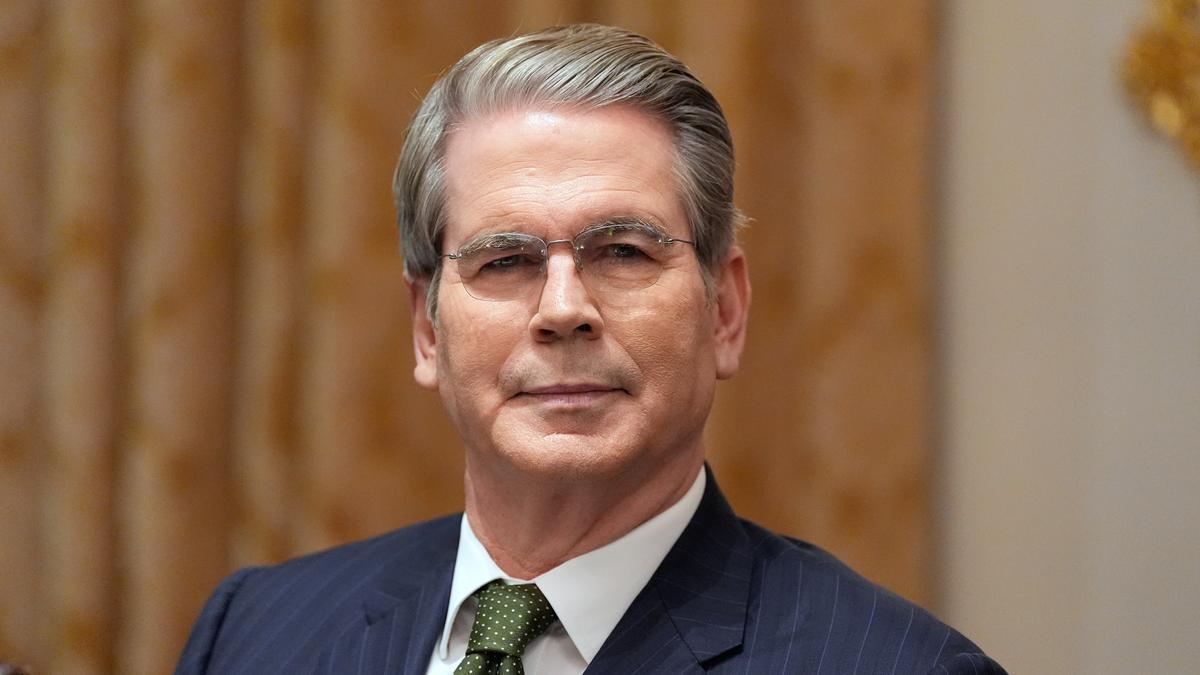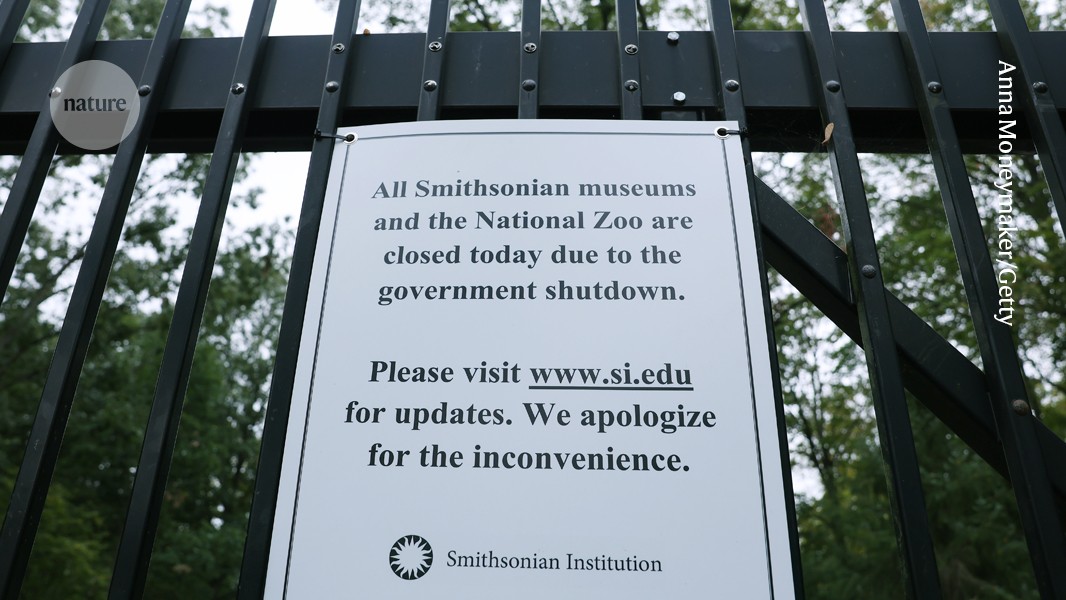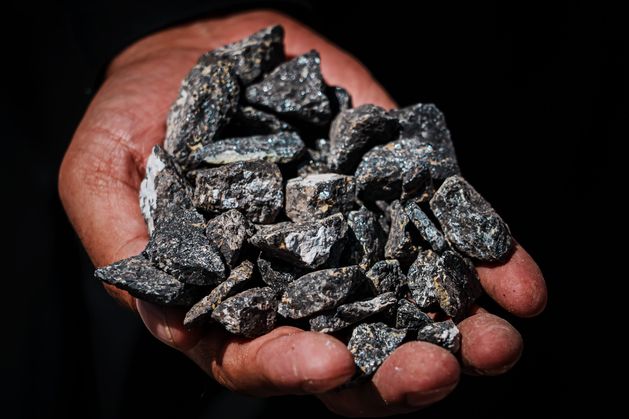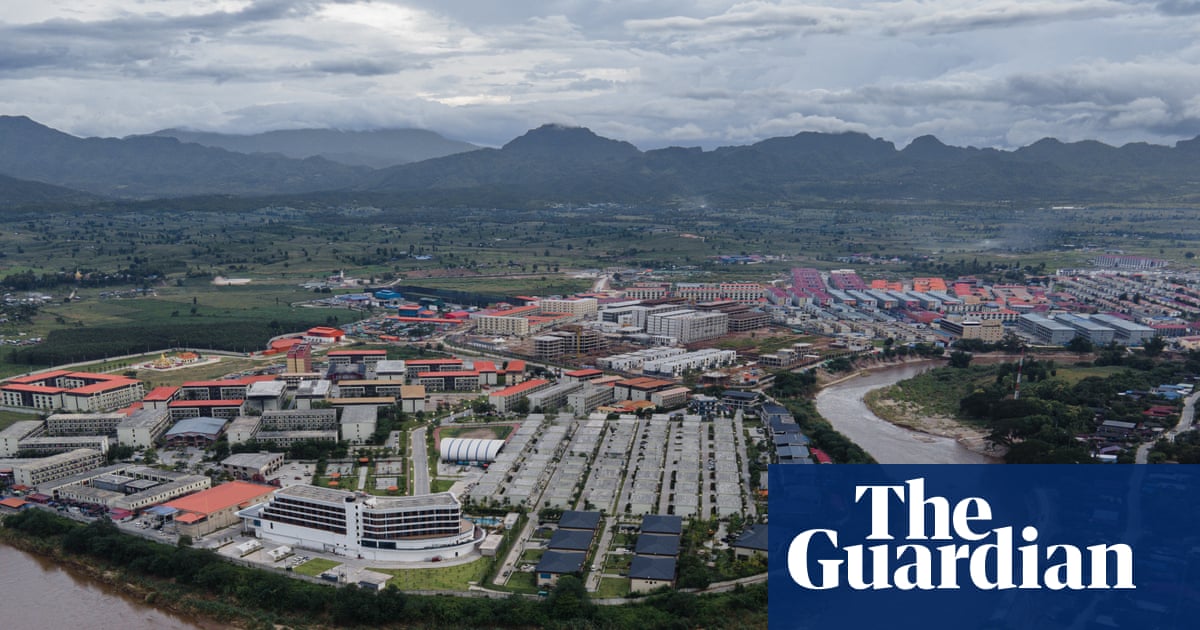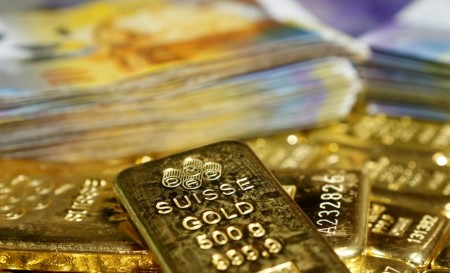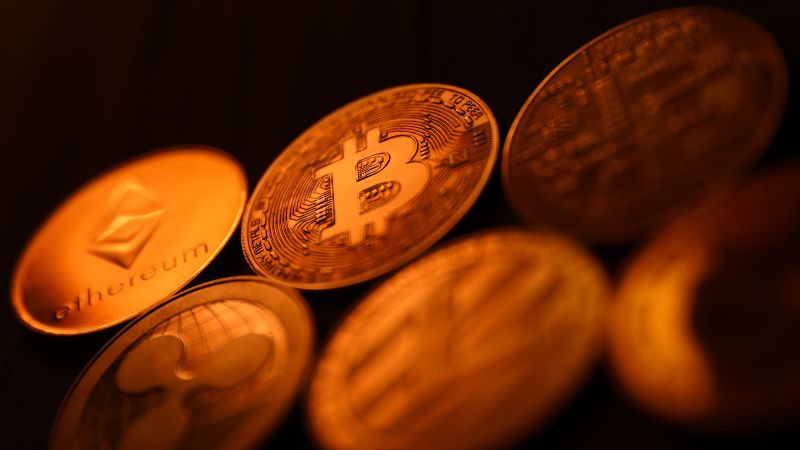Shocking Currency Shifts: Why a Weaker Dollar Could Change Everything!
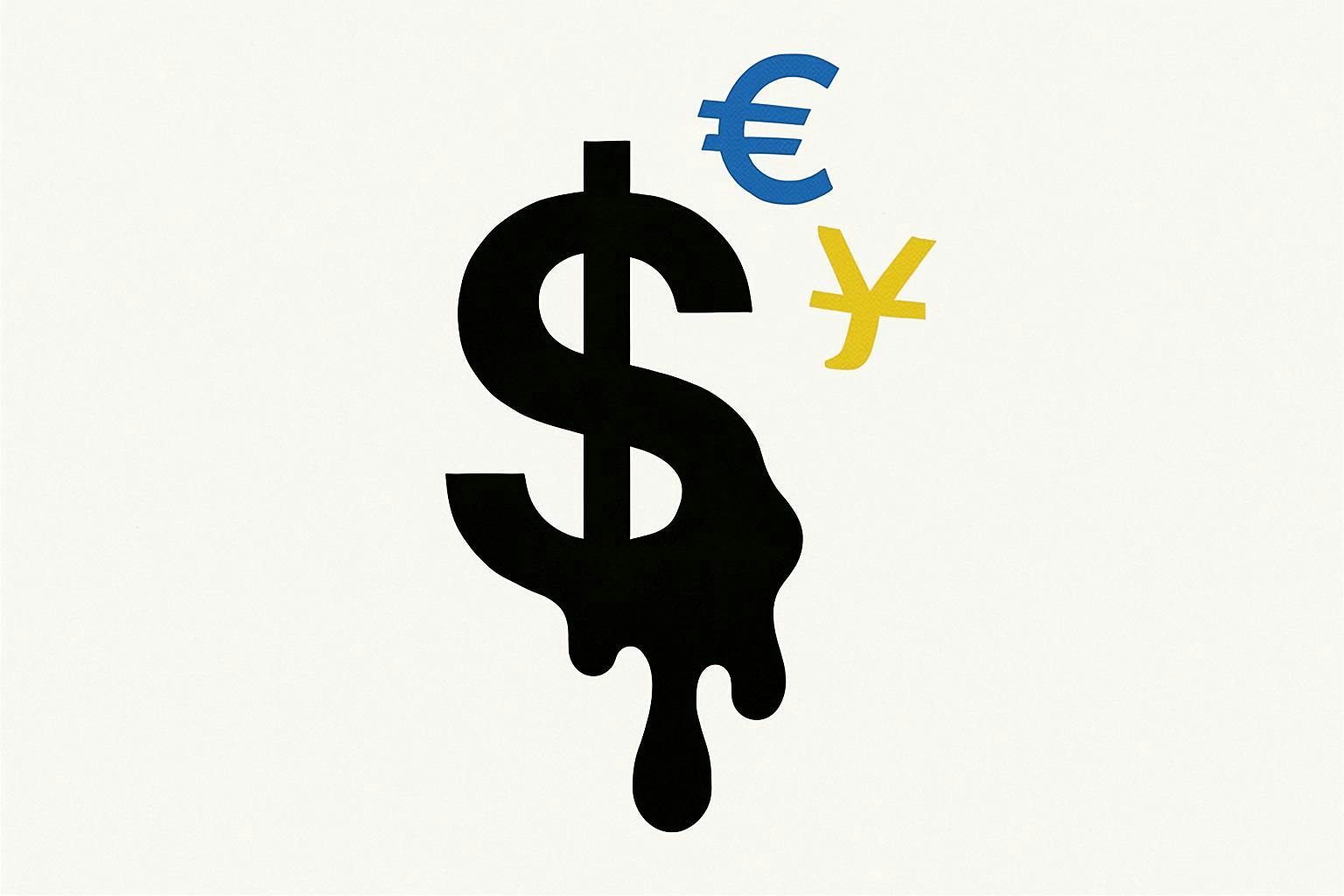
What if I told you the U.S. dollar is stumbling to its lowest point in months, while global currencies are soaring? It's true, and the implications are huge!
Just hours ago, Fed Chair Jerome Powell sparked a frenzy in the currency markets by hinting at upcoming rate cuts, sending the dollar into a tailspin. This wasn't just a minor hiccup; it signaled a significant shift that traders need to pay attention to.
Powell's comments about the softness in the U.S. job market have led to a flurry of speculation, with many traders betting on not one, but multiple rate cuts from the Federal Reserve this year and potentially into 2026. As the dollar drops, other currencies are seizing their moment in the sun. For instance, China’s yuan hit its strongest level since last fall. Why? Rising trade tensions with the U.S. have prompted a strategic move that could give the yuan an edge.
But that’s not all. The Japanese yen surged, driven by fresh political jitters in Japan, while both the Australian and New Zealand dollars climbed higher as Wellington’s policymakers remain open to more cuts after their recent surprise decision. Meanwhile, the euro bounced back as France considers pausing contentious pension reforms. The British pound also regained some strength amid cooling wage growth in the UK.
All these currency cross-currents—fueled by central bank shifts, trade updates, and even whispers of a potential Trump-Xi meeting—have created what traders are calling a “Goldilocks” zone for risk assets. But what does this mean for you? Well, currency fluctuations are not just numbers; they dictate the rhythm of global investments.
A weaker U.S. dollar can boost American exporters, making their products cheaper abroad and potentially increasing profits for multinational companies. Moreover, it encourages investors to seek higher returns in foreign markets. With at least five Fed cuts already priced into the market for the upcoming year, riskier assets are finding new life—even as persistent trade tensions and shifting central bank policies keep investors on their toes.
As global monetary policies evolve, the economic landscape is also shifting dramatically. Central banks worldwide are reacting to the Fed’s moves, influencing everything from global trade deals to government borrowing costs. China’s strategy to strengthen the yuan, coupled with political uncertainty in Japan and signals from European and Pacific policymakers, are reshaping the foreign exchange map.
So, while this “Goldilocks” environment may be supporting markets right now, it’s essential to remember that the undercurrents of trade disputes and political instability could change the game at any moment.












